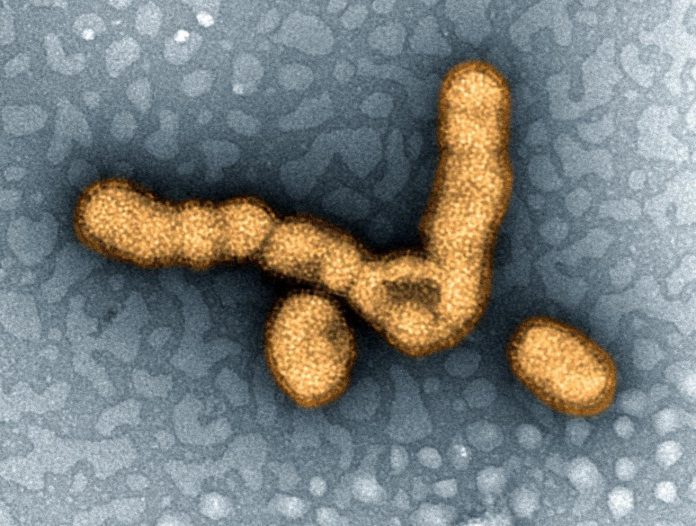Just when you thought the world couldn’t get any worse than what it is right now, researchers in China discovered a new strain of swine flu with the potential to infect humans and cause a future pandemic.
According to the study published in the journal Proceedings of the National Academy of Sciences, the new virus is a genetic descendant of the H1N1 influenza strain that was responsible for the swine flu pandemic of 2009. The H1N1 swine flu pandemic of 2009 killed an estimated 151,700 to 575,400 people worldwide.
Scientists at Shandong Agricultural University and the Chinese National Influenza Center reviewed 30,000 nasal swab samples taken between 2011 to 2018 from pigs in slaughterhouses and veterinary hospitals across 10 Chinese provinces.
Pigs are considered as ‘mixing vessels’ of the influenza virus as they can be infected by both avian and human influenza viruses. When infected with more than one virus, the viruses in pigs tend to swap their genetic material and result in a new variant that can infect humans. Thus, pigs are considered as crucial intermediate hosts for pandemic influenza viral strains. Scientists, therefore, believe that systemic surveillance of influenza viruses in pigs is key in preventing future pandemics.
179 samples were seen to contain the new virus called the G4 H1N1 virus. There seemed to be a sharp increase in the G4 virus, and it was the predominant virus seen circulating in pigs since 2016.
The results showed that the virus can bind to human cells, replicate in human airway epithelial cells and, transmit by aerosol among ferrets. Serological surveillance of workers in close contact with the pig population showed that 10.4% of swine workers were positive for the virus, indicating that the G4 virus exhibits increased human infectivity and can transfer from swine to humans. While there is no evidence of the virus transmitting from human to human, there is a concern that the increased infectivity can increase the opportunity for virus adaptation in humans and lead to a possible generation of pandemic viruses.
As of June 2020, there have been a total of 10 million cases of COVID-19 worldwide and 500,00 deaths. To avert another major pandemic crisis, close monitoring of the G4 virus among the swine and human population is needed.
References:
Sun H., et al. Prevalent Eurasian avian-like H1N1 swine influenza virus with 2009 pandemic viral genes facilitating human infection. Proceedings of the National Academy of Sciences. Jul 2020, 117 (29) 17204-17210; DOI:10.1073/pnas.1921186117




